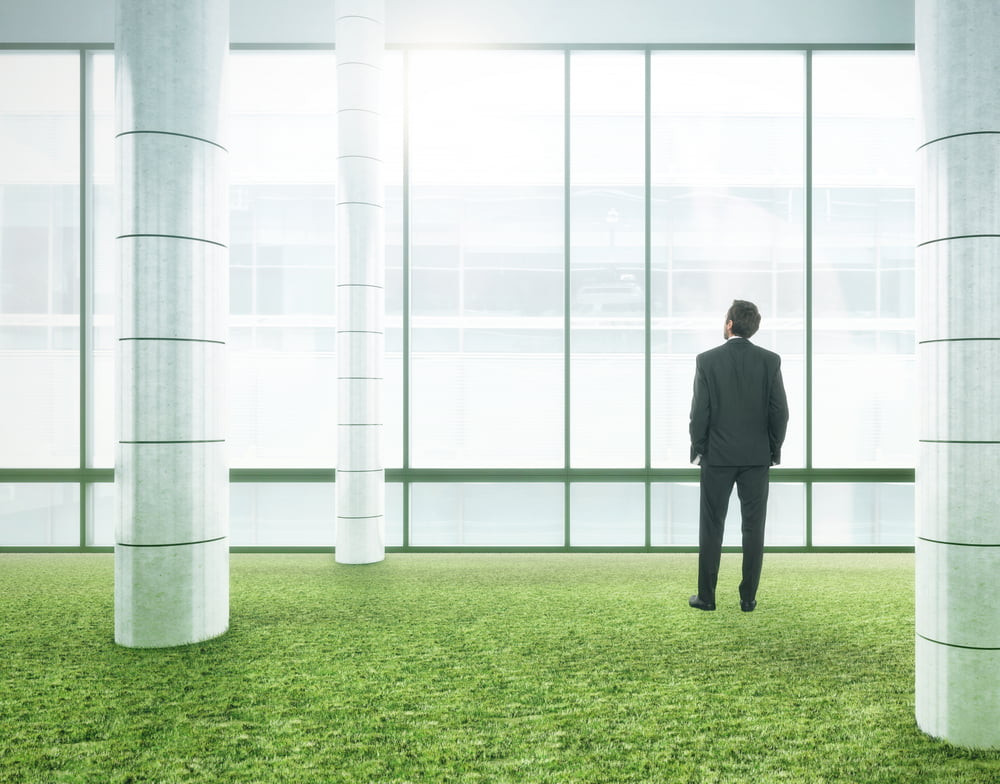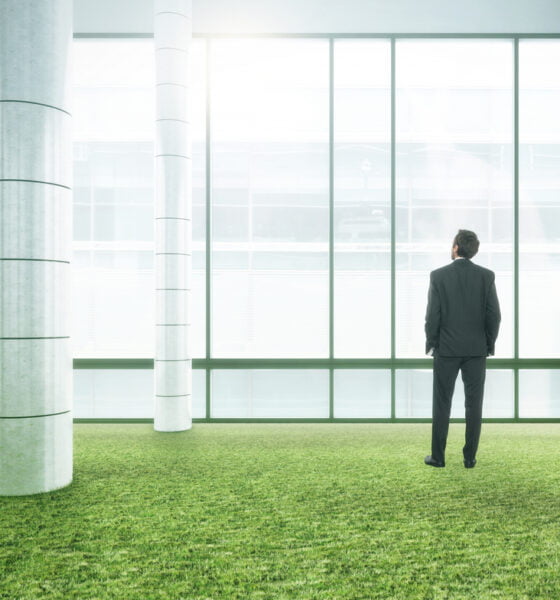

Environment
Michael Stortini Shares Insights on Eco-Friendly Building Designs
The demand for eco-friendly buildings is surging in the United States and other parts of the world. One estimate indicates that the shift towards eco-friendlier buildings could reduce CO2 emissions by 84 gigatons by 2050.
The construction of new buildings and other infrastructure is an integral part of urban planning. However, it often has negative effects on the ecosystem. Eco-friendly building methods are rising in significance as a solution to this problem.
Negative effects of buildings on the environment can be mitigated using sustainable design. Benefits of eco-friendly buildings included increased efficiency, fewer energy expenditures, and happier tenants. Here, we’ll discuss the pros and cons of using eco-friendly building techniques in construction.
Eco-Friendly Buildings Become More Common in 2023
In the end of this post, you will better grasp how sustainable design may encourage ethical and long-term property growth.
Michael Stortini is a major player in the real estate industry. As a designer, he has a history of producing ground-breaking projects on sustainability. Businesses and people in the area may both reap the benefits of his approach to sustainable design. Stortini’s work has a smaller negative influence on the environment since he uses sustainable design practices. He is also enhancing the value of homes while decreasing their energy bills.
Benefits of Sustainable Design In Real Estate Development
The importance of incorporating sustainable design practices in real estate development projects has become increasingly evident in recent years. Sustainable design has several advantages. It can significantly benefit the environment, economy, and society. As a result, more developers are looking for the eco-friendliest way to design new buildings.
Environmental Benefits
The most apparent benefit of sustainable design, according to Michael Stortini, is its positive environmental impact. Sustainable design practices can reduce carbon footprint. It decreases greenhouse gas emissions, conserves resources such as water and energy, and preserves ecosystems by protecting natural habitats. These efforts are crucial in mitigating the effects of climate change. It also promotes a more sustainable future.
Economic Benefits
Sustainable design practices also bring economic benefits. Sustainable buildings can save money in the long run by reducing energy consumption and lowering operating costs. Additionally, sustainable buildings can attract tenants and customers who value environmentally conscious businesses. Studies have shown that green buildings can increase property values, which can make them more attractive to investors and provide a financial return on investment.
Social Benefits
Sustainable design practices can also improve the well-being of building occupants and the surrounding community. Buildings designed with occupants in mind can improve health and well-being. It also promotes productivity and reduces absenteeism. Sustainable developments can encourage community engagement by providing outdoor spaces, walking paths, and bike lanes. It also promotes physical activity and community interaction.
Challenges of Sustainable Design In Real Estate Development
The benefits of sustainable design in real estate development are evident. There are also several challenges associated with implementing sustainable design practices, which Michael Stortini knows are important to highlight. These include the following.
Financial Challenges
The higher upfront costs are one of the most significant challenges in implementing sustainable design practices. Sustainable materials and systems are often more expensive than traditional materials and systems. The return on investment may take longer to achieve. Additionally, there is a lack of incentives to promote sustainable design practices. That makes it difficult for developers to justify the increased upfront costs.
Technical Challenges
Another significant challenge is the technical complexity of sustainable design practices. Sustainable design requires specialized knowledge and skills that are not always readily available. Furthermore, there may be potential conflicts with codes and regulations. It requires developers to work closely with local authorities to ensure compliance.
Organizational Challenges
Sustainable design also presents organizational challenges. Resistance to change is a common barrier to implementing sustainable design practices. Developers and stakeholders may be hesitant to adopt new practices. Especially if they are seen as costly or time-consuming. To overcome this, developers must be committed to sustainability. They have to work to create a culture of sustainability within their organization. Collaboration and communication among stakeholders are also essential for successful sustainable design projects.
Sustainable Design Strategies for Real Estate Development
The U.S. Green Building Council reports that there are many benefits of eco-friendly buildings. However, they have to be constructed and designed properly.
Real estate developers increasingly recognize the benefits of sustainable design for their projects. From reducing operating costs to improving tenant satisfaction and promoting environmental responsibility, sustainable design can create value in several ways. Here are some key strategies that real estate developers can consider when incorporating sustainable design into their projects:
Energy Efficiency
Improving energy efficiency is a key strategy for reducing the environmental impact of buildings. It is also key for lowering operating costs. This can be achieved through a variety of measures. For example, optimizing building orientation for natural light and ventilation, incorporating energy-efficient lighting and appliances, and using renewable energy sources such as solar panels.
Water Conservation
Water is a precious resource, and buildings account for a significant amount of water usage. Real estate developers can reduce water consumption by incorporating low-flow fixtures. They can install rainwater harvesting systems and design landscaping that requires minimal irrigation.
Use Of Sustainable Materials
Building materials can have a significant impact on the environment. This is for both in terms of their production and disposal. By using sustainable materials such as recycled or reclaimed wood, low-emission paints and coatings, and environmentally friendly insulation, real estate developers can reduce the environmental impact of their projects.
Site Selection And Development
The location of a building can have a significant impact on its environmental performance. Real estate developers can choose sites that are well-served by public transit, incorporate green space and pedestrian infrastructure, and avoid environmentally sensitive areas.
Michael Stortini Has Brilliant Insights on the Importance of Eco-Friendly Building Design
While building something new, Michael Stortini knows it’s crucial to keep the sustainable design in mind. It can reduce the negative effects on society and the environment caused by construction. Sustainable, cost-effective, and socially useful buildings are all within their reach.
In many ways, sustainable architecture is a boon to builders. Benefits include lower overhead, higher asset prices, happier tenants, and a lighter ecological imprint. Although implementing sustainable design has many benefits, it also presents certain obstacles. Consider the necessity of technical skills and the possibility of greater initial prices.
Notwithstanding these obstacles, developers of real estate nevertheless play a crucial role in advancing sustainability. They help make cities more pleasant places to live as well. Developers may improve the future for everyone by using sustainable design practices in their initiatives.






























